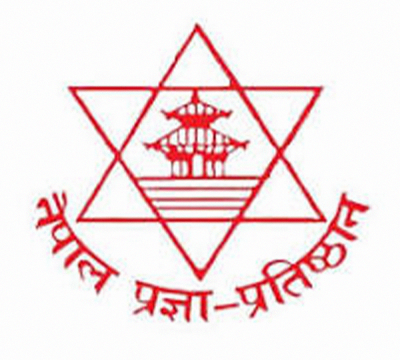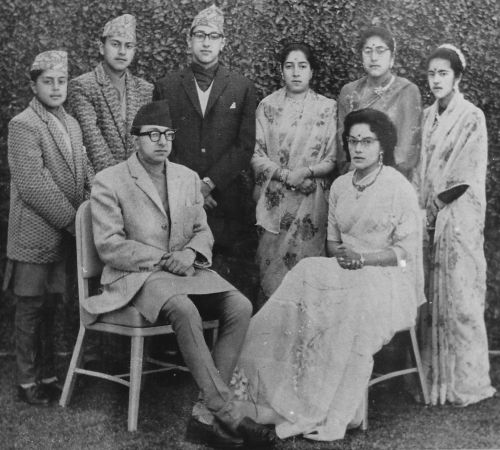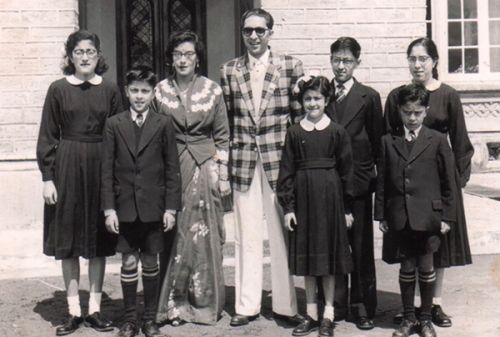
महाराज
शासनकाल २८ डिसेम्बर १९४५ – १ जून २००१

महाराजाधिराज वीरेन्द्र वीर विक्रम शाह देवको जन्म २८ डिसेम्बर १९४५ मा काठमाडौंको नारायणहिटी दरबारमा भएको थियो। उहाँ तात्कालीन श्री ५ युवराज महेन्द्र वीर विक्रम शाह र उनकी पहिलो श्रीमती, श्री ५ युवराज्ञी इन्द्र राज्यलक्ष्मी देवी शाहका ज्येष्ठ सुपुत्र हुनुहुन्थ्यो।
“म जनताको दुःखबाट अवगत छु, तर म उनीहरूको साहस र दृढ संकल्पबाट पनि अवगत छु।”
– विरेन्द्र वीर विक्रम शाह देव
“We must all work together to preserve our natural environment, and pass on a clean and healthy planet to future generations.”




EARLY LIFE
His Royal Highness spent his early years as a student studying at St Joseph’s School, a Jesuit school in Darjeeling, with his brother, Prince Gyanendra. In 1959, Prince Birendra was enrolled at Eton College in the United Kingdom, becoming the first Nepali royal to study abroad. At Eton he developed a talent for painting in his spare time. In 1964, he returned to Nepal and spent some time exploring some of the most remote parts of the country, incognito. In 1967 he spent a year at Tokyo University and followed it with a course in international affairs at Harvard under Henry Kissinger, the former American Secretary of State.

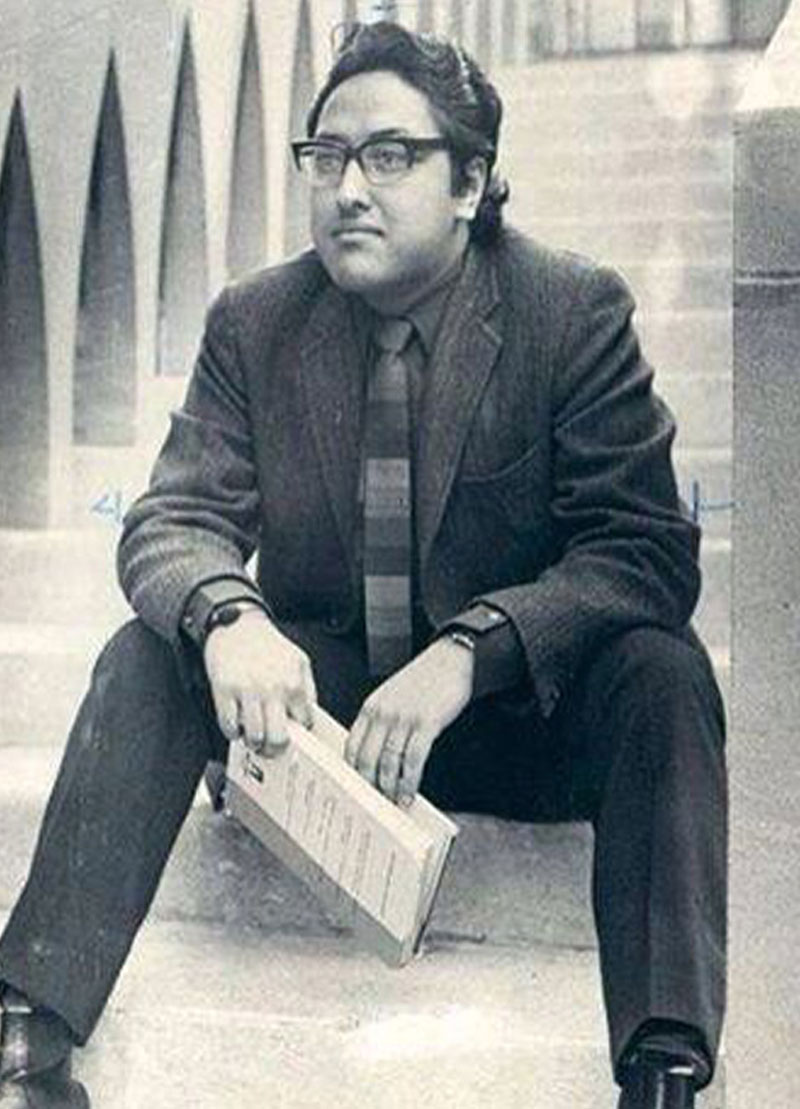


In 1964, he returned to Nepal and spent some time exploring some of the most remote parts of the country, incognito. In 1967 he spent a year at Tokyo University and followed it with a course in international affairs at Harvard under Henry Kissinger, the former American Secretary of State.
The royal couple spent a relatively quiet early married life. Her Royal Highness Crown Princess Aishwarya Rajya Lakshmi Devi Shah went on to become a devoted wife, supporting her husband and when needed advising him too. Within the first year of matrimony, they had their first son HRH Prince Dipendra Bir Bikram Shah. The couple went on to have two more children, HRH Princess Shruti Rajya Lakshmi Shah and HRH Prince Nirajan Bir Bikram Shah.
Their Majesties the King and the Queen are also blessed with two grandchildren, Girwani Rajya Lakshmi Devi Rana and Surangana Rajya Lakshmi Devi Rana, daughters of HRH Princess Shruti.
His Majesty was a passionate supporter of Nepalese craftsmanship. He himself enjoyed painting and was also an avid art collector. As a young man, he learned to fly helicopters and enjoyed horseback riding.
LIFE AS
31 January 1972 – 1 June 2001

“A nation’s true strength lies not in its military might, but in the moral and spiritual values of its people.”
Upon His Majesty King Mahendra’s death on 31 January 1972, HRH Crown Prince Birendra ascended to the throne as the King of Nepal. The coronation was delayed for three years as the court astrologers advised the most auspicious moment for his crowning being at 8:37 am precisely on 4 February 1975. On the advised date and time, his coronation or the rājyābhiṣeka, took place in Nasal Chowk in Hanuman Dhoka Palace in the presence of statesmen and political leaders from 60 nations.
During his reign, he introduced and worked towards policies to support national development through expanding education, infrastructure, industrialization and agriculture across Nepal’s diverse regions.
In the 1980s, pro-democracy protests grew, and in 1990 His Majesty King Birendra responded by lifting the ban on political parties. He held a referendum in which the people chose to establish a multiparty democracy, transitioning the nation to a constitutional monarchy. As a constitutional ruler, His Majesty respected the authority of elected governments and promoted Nepal internationally. He pioneered regional cooperation by establishing SAARC and contributed Nepali peacekeeping forces to the UN. He also helped recognize Nepal as a zone of peace in the UN. Domestically, he championed conservation, creating protected areas and helping secure UNESCO World Heritage status for Nepali natural and cultural sites. Through phases of absolute rule and constitutional monarchy, His Majesty’s overarching focus remained developing, modernizing and securing Nepal as an independent, sovereign nation while embracing democratic reforms.
Queen

HM Queen Aishwarya Rajya
Lakshmi Devi Shah

“We must all work together to preserve our natural environment, and pass on a clean and healthy planet to future generations.”
Honours
1989

1989

1988

1986

1983

1983

1983

1980

1979

1978

1975

1975

1975

1975

1975

1974

1974

1972
1972

1972

1972

1970

1956

CHARITIES &
PATRONAGES

Patron-in-Chief for Nepal Scouts
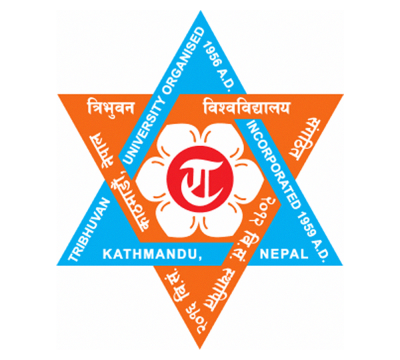
Chancellor at (TU) Tribhuvan University
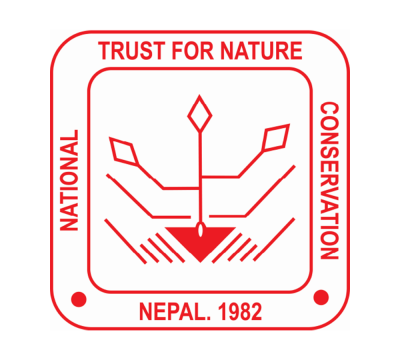
King Mahendra Trust for Nature Conservation (now Nepal Trust for Nature Conservation)
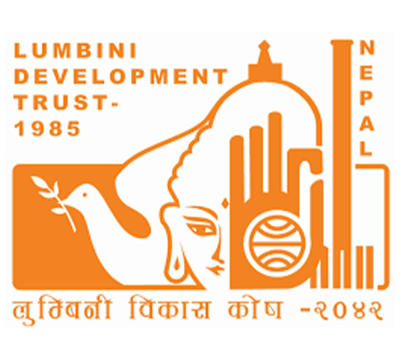
Lumbini Development Trust, Pashupati Area Development Trust (PADT)
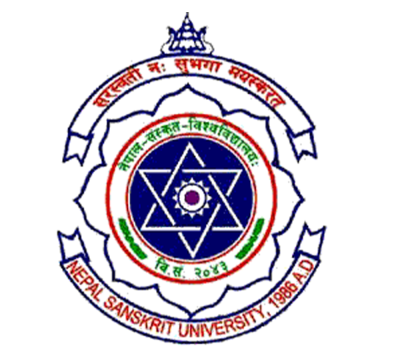
Mahendra Sanskrit University (now Nepal Sanskrit University)
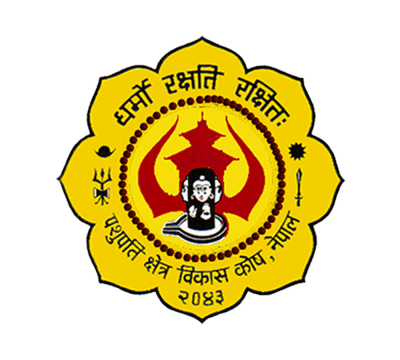
Pashupati Area Development Trust (PADT)
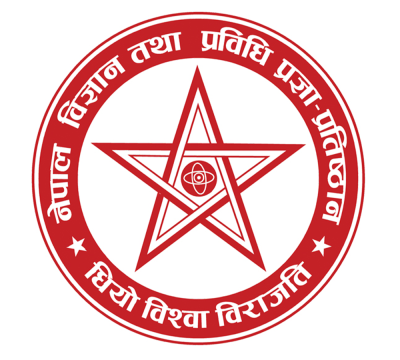
Royal Nepal Academy of Science and Technology (now Nepal Academy of Science and Technology)
